(Baonghean.vn) - Jimmy Nelson is a British photographer. He is not interested in taking pictures of celebrities on the red carpet, supermodels in high heels or men on motorbikes.
Instead, he chose to depict the indigenous people who wear animal skins and paint their faces to scare off enemies. They are members of some of the world’s most endangered tribes, from Chukotka to Papua New Guinea. Their culture and traditions are an important heritage to preserve, and their existence in its most primitive form is sure to be more impressive than anything you’ve ever seen in a movie.
We would like to present to you a unique photo series called “Before They Disappear” by photographer Jimmy Nelson about ancient and little-known tribes from the most remote places of our planet.
Goroka Tribe (Papua New Guinea)
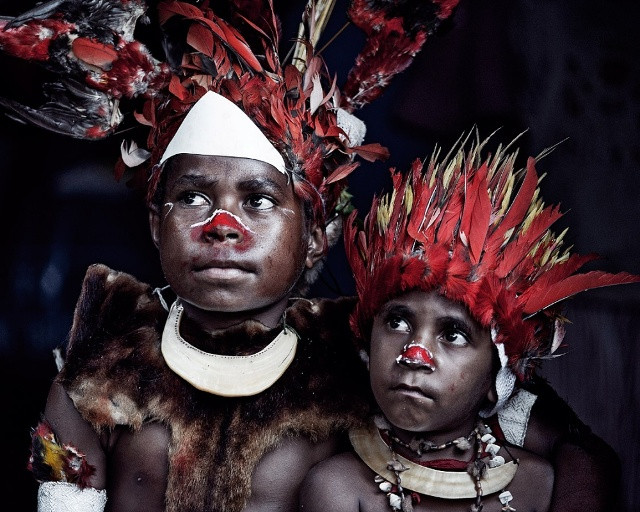 |
| Goroka is the capital of the Eastern Highlands province. Its residents still believe in spirits and have a great respect for natural wonders. |
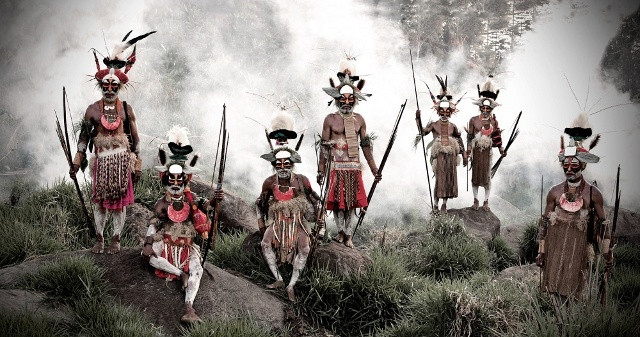 |
| Their main weapons were not only bows and arrows, but they also had painted faces and colorful decorations around their bodies. It seemed that these native warriors knew how to impress and intimidate their enemies. |
Huli Tribe (Papua New Guinea)
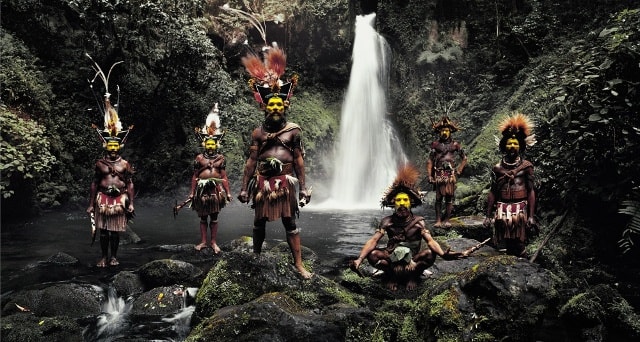 |
| The large Huli tribes survive by hunting, which is what the men do. The women do the growing and gathering. Visitors are always impressed by their beautiful gardens. |
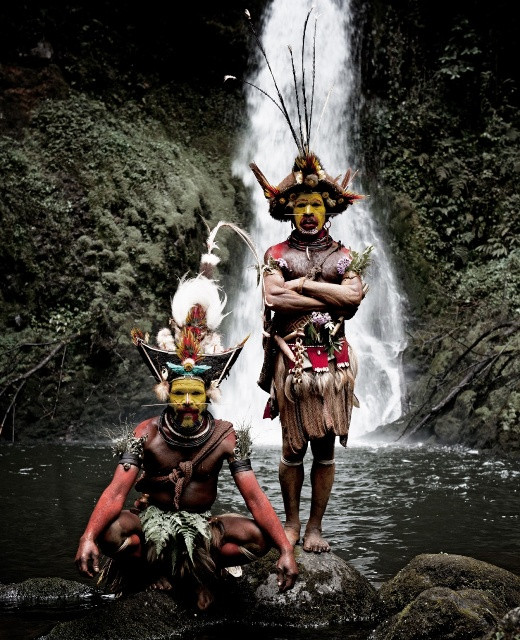 |
| The people of this tribe decorate their faces with three colors: yellow, red, and white to threaten enemies when war is a common occurrence. |
Kalam Tribe (Papua New Guinea)
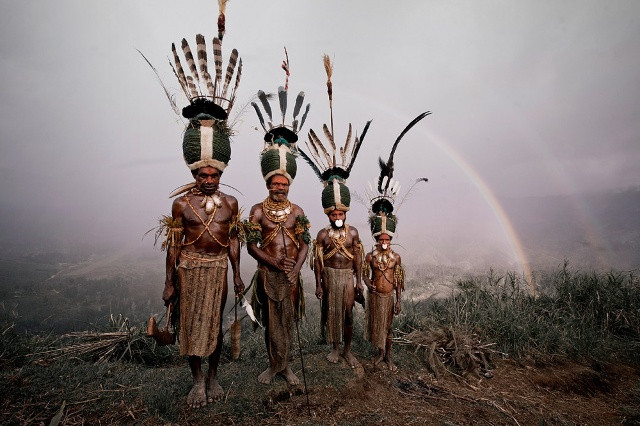 |
| The local people live in their traditional villages. Untouched by modern civilization, while men hunt, women gather and cultivate. |
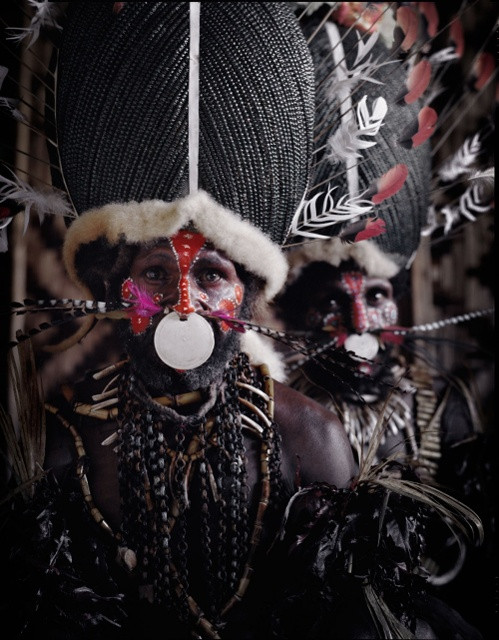 |
| Men here take great care with their appearance. They cover themselves with jewelry and necklaces made from bird beaks, wildflowers and feathers. |
Asaro Tribe (Papua New Guinea)
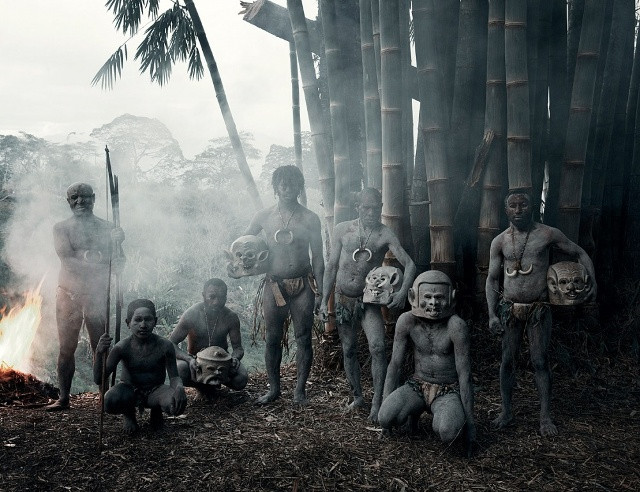 |
| Asaro (formerly known as Asaro Muden, meaning mud people from the Asaro River) is a mysterious and enigmatic tribe. And this tribe is only known for the fact that the residents here protect themselves with white clay and wear special clay masks. |
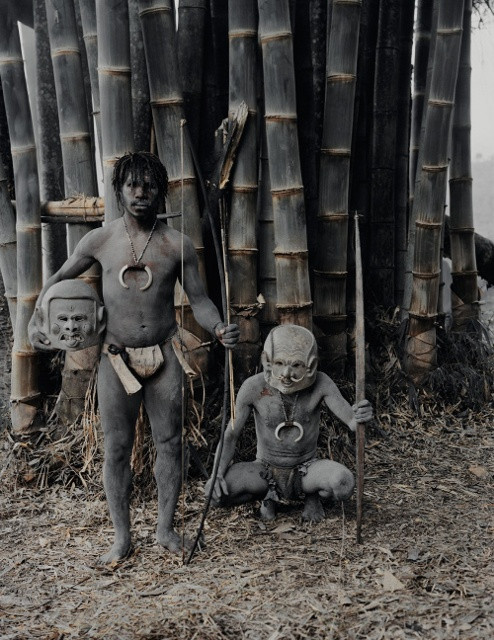 |
| Masks symbolize the Papuan people's belief in the gods. Masks have long or short ears, teeth, horns, mouths, and parts arranged on the mask in a way that does not resemble a normal face. |
Maori Tribe (New Zealand)
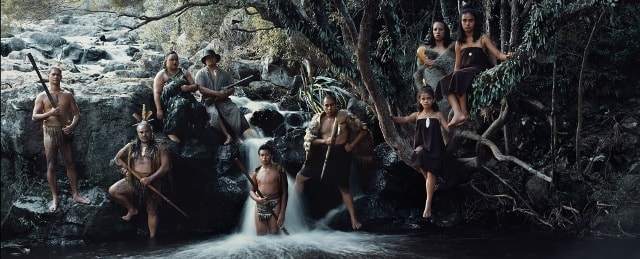 |
| Traditional Maori culture is dominated by art, dance, legends, community, and tattoos. For example, people of high social status always had body art, and tribe members without tattoos were considered useless. |
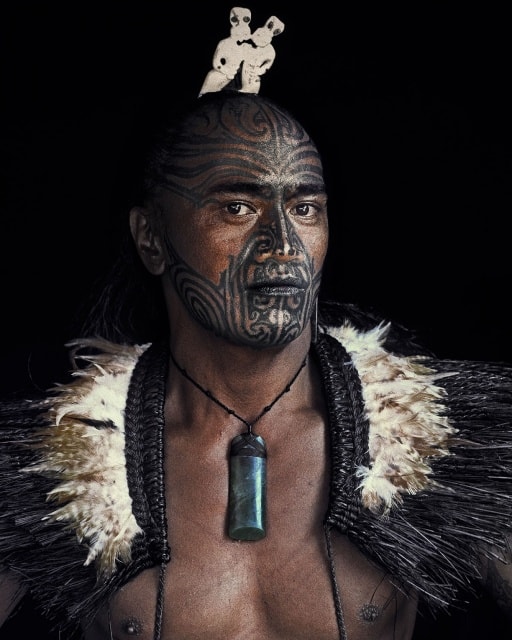 |
| The Haka is one of the most famous Maori traditions. It involves a series of exotic dances accompanied by singing, hand clapping, foot stamping and thigh slaps. |
Chukchi tribe (Russia)
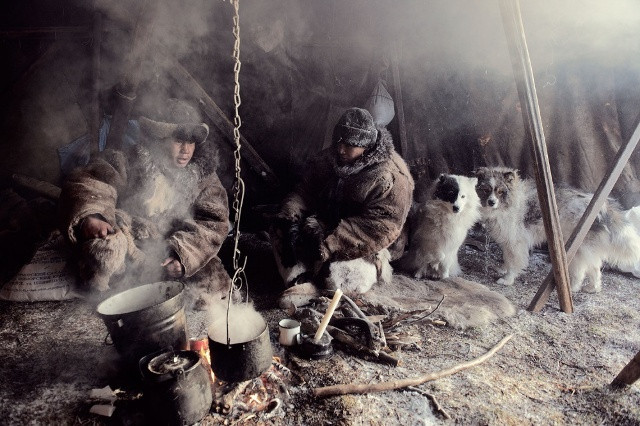 |
| The Chukchi people lived by reindeer herding and hunting, and the women kept the house, sewed and embroidered. |
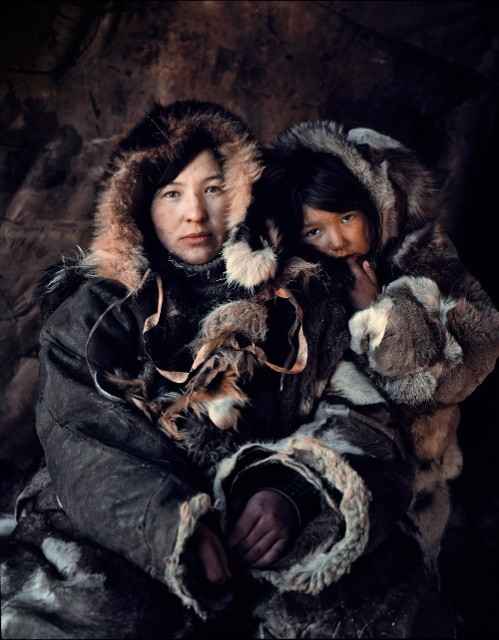 |
| However, the locals also have time for art. They enjoy carving walrus bones and tusks. |
Himba tribe (Namibia)
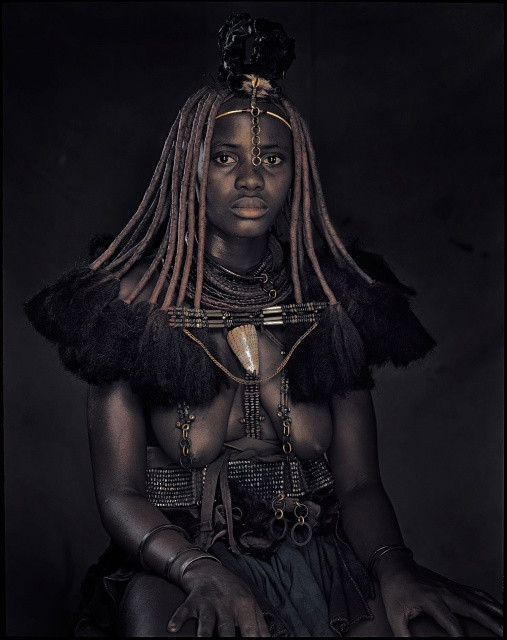 |
| A Himba's appearance says everything about their place in the tribe and their stage in life. They wear very little clothing but pay great attention to details such as hairstyle, jewelry and makeup. |
Mustang Tribe (Nepal)
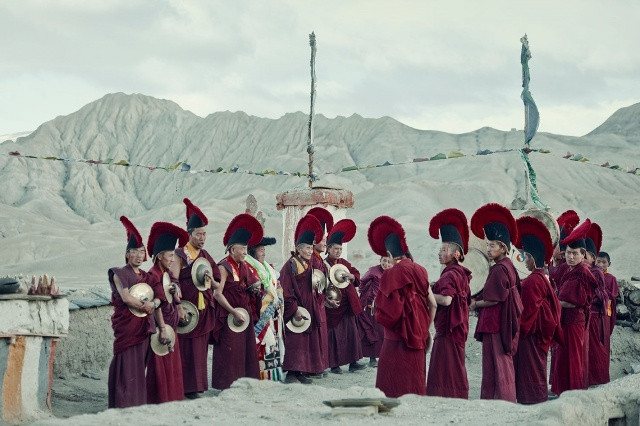 |
| The ancient kingdom of Lo had religious, cultural and historical links with Tibet, although it was part of Nepal politically. |
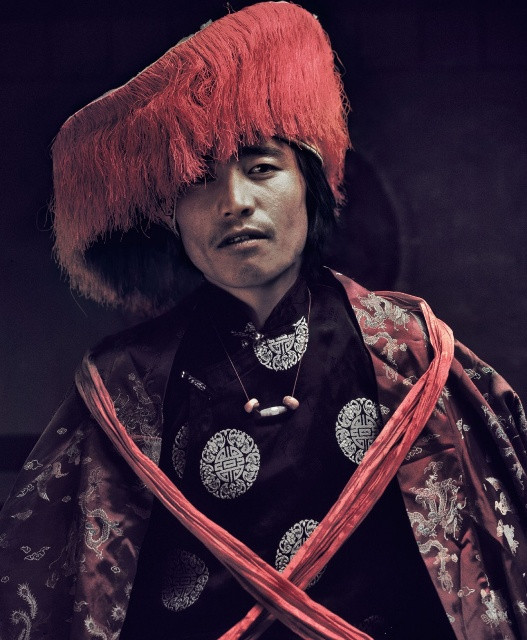 |
| Most locals still believe that the world is flat and that diseases are caused by evil spirits. |
Rabari Tribe (India)
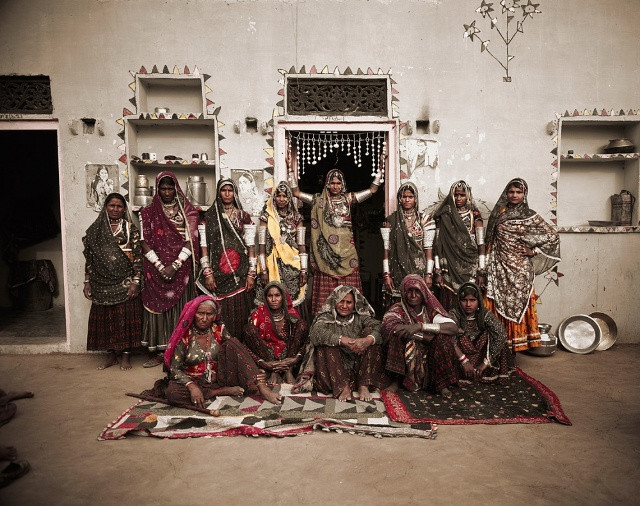 |
| Members of this tribe, characterized by Persian facial features, migrated from the Iranian highlands 1,000 years ago. Rabari residents can now be found in Gujarat and Rajasthan. |
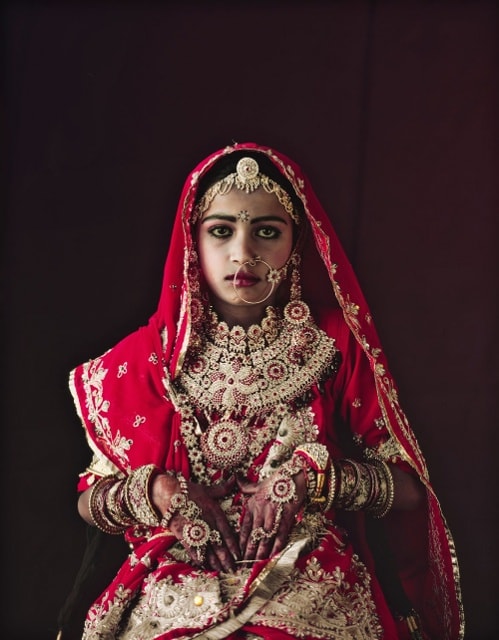 |
| Almost the entire body of the Rabari people is covered with tattoos, for cosmetic, religious, or therapeutic purposes. |
Jimmy Nelson traveled the world for three years, spending time with endangered tribes and cultures, breaking bread with them and trying to understand them while they tried to understand him. You could see a real trust was established between photographer and tribe.
Central and South
(According to Brightside)


















